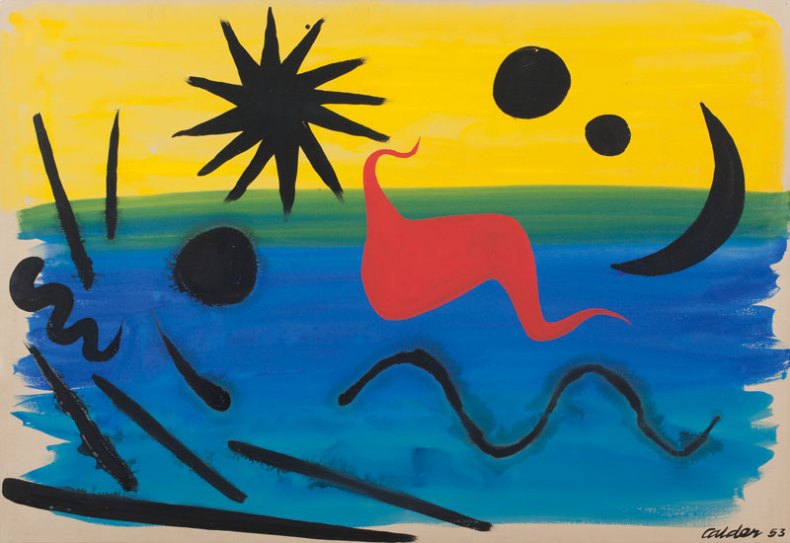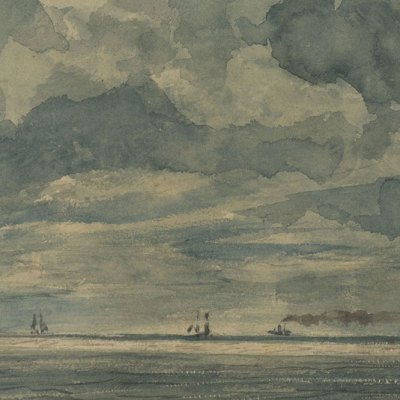Introducing Rakewell, Apollo’s wandering eye on the art world. Look out for regular posts taking a rakish perspective on art and museum stories.
With the cost of living crisis hitting hard, news that one Dave Fishwick, also known as the ‘Bank of Dave’, is offering a generous £25,000 to anyone who finds definitive proof of the Loch Ness Monster’s existence, is welcome. The hunt for the sea serpent fondly known as ‘Nessie’ has been afoot for nigh-on 90 years, since multiple reported sightings in the 1930s made the monster something of a national obsession. To borrow a phrase from The X-Files’ Ed Ruscha-like poster of a UFO: ‘I want to believe’.
Meanwhile, the good folk of Continuum Attractions are cashing in themselves via the reopening of the Loch Ness Centre in Drumnadrochit, following a £1.5 million refurb; admission to the ‘unique 1-hour immersive experience’ starts from £13.95. Visitors can inspect submarines, sonar equipment and other assorted paraphernalia used in the quest to reveal Nessie’s secrets.
Rakewell isn’t about to quit the city to stake it all on a monster hunt – stalking museum corridors is more our speed. That said, the monster is not above making the odd appearance in some of our favourite museums, not least the National Gallery of Art in Washington. Purported to be the first photo of the beast’s head and neck, this snap by one Robert Kenneth Wilson, a London-based gynaecologist, was first published by the famously truthful Daily Mail in 1934. Today, the image has taken on totemic status for Nessie-philes across the globe.
Loch-Ness (1953), Alexander Calder. Brame & Lorenceau.

Nessie is not a creature above appearing in modern masterpieces. In this joyous gouache of 1953, a plesiosaur-like creature positively wiggles about the loch. Alexander Calder has been faithful to the best-known news article announcing a sighting of Nessie, which appeared in The Inverness Courier in 1933 (italics Rakewell’s own): ‘The creature disported itself, rolling and plunging for fully a minute, its body resembling that of a whale, and the water cascading and churning like a simmering cauldron.’
Imaginary sea monsters based on creatures from Carta Marina by Olaus Magnus, Sebastian Munster. Photo: Science History Images/Alamy Stock Photo

Reports of a monster in the area date back to 565 AD, when Saint Columba supposedly wrangled with one by the River Ness. To this end, a seventh-century biography of the saint is thought to be the first written account of Nessie. Why, then, aren’t there more artworks depicting Columba beating back the beast with the sign of the cross? In their absence, Rakewell is enjoying this smorgasbord of sea monsters – a woodcut by 16th-century cartographer Sebastian Munster, who based his bestiary on sailors’ sightings.
Got a story for Rakewell? Get in touch at rakewell@apollomag.com or via @Rakewelltweets.




